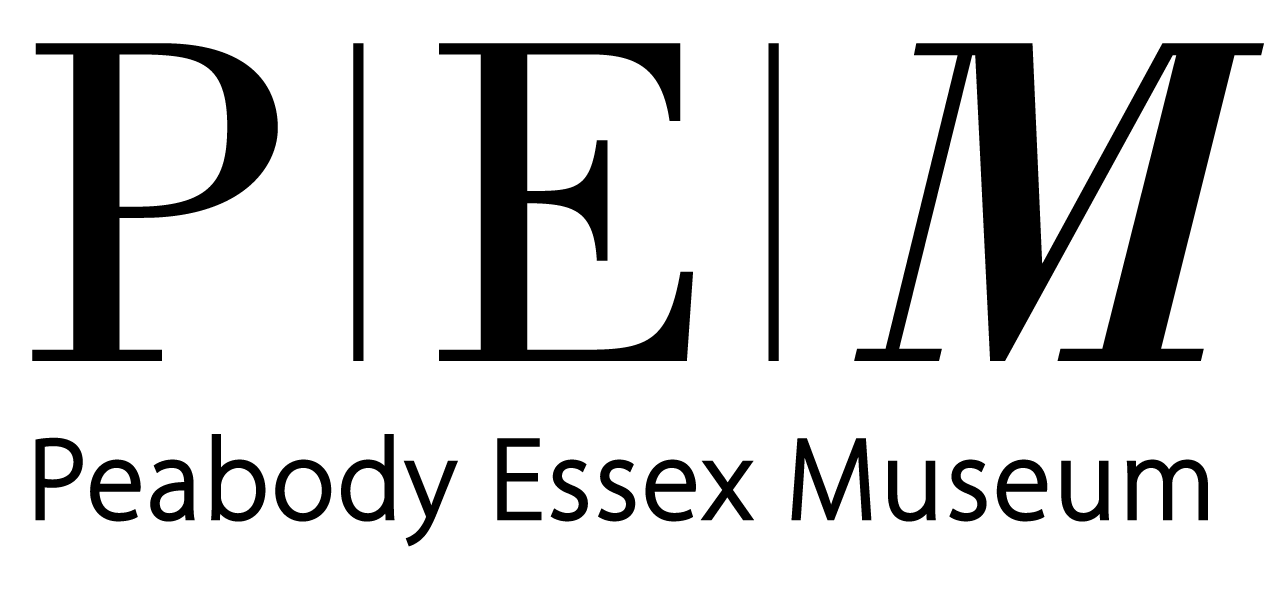Filmed from 2017-2019, WOMEN IN BLUE follows Minneapolis’ first female police chief Janeé Harteau, as she works to reform the Minneapolis Police Department by getting rid of bad cops, retraining the rest, diversifying the ranks and promoting women—who statistically use less force than their male counterparts—into every rank of leadership. The film focuses on four women in Harteau’s department, each trying to redefine what it means to protect and serve. After a high-profile, officer-involved shooting forces Chief Harteau to resign, the new, male chief selects only men as his top brass.
WOMEN IN BLUE offers an unprecedented view into the inner workings of the Minneapolis Police Department (MPD), chronicling a department—and a community—grappling with racism and a troubled history of police misconduct long before an MPD officer killed George Floyd in May of 2020. The film reveals the limitations of police reform through incremental change and asks questions that apply well beyond the city of Minneapolis. Could increased gender equity and more women —especially women of color—contribute to greater public safety?
SFF Blog Contributor Connor Ryan caught up with Deirdre Fishel, the director of WOMEN IN BLUE, ahead of the film's premiere during Week 1 (Friday, July 10 - Thursday, July 16) of our virtual Salem Film Fest.
Connor Ryan: Please tell us a bit about how this project began. When you approached the Minneapolis Police Department and Chief Harteau, were both parties initially interested? Were there any stipulations about what, where, when, or how you filmed?Deirdre Fishel: It took me a few months to get to Chief Harteau, but as soon as she was told about the film, she immediately gave me tremendous access. Chief Harteau had made it a point to put women into every rank of leadership, and she had just started a recruitment campaign to bring in more women. She was excited about elevating the work of women officers so she basically said if a woman agrees to be in the film, you can follow them on the job.
CR: How were you and your crew received by the MPD?
DF: At first with open arms, then after Harteau was asked to resign, I would say we were tolerated. It was a huge shake up, with intense scrutiny and a new male chief dealing with an International incident. So I was happy every time we filmed and we weren’t stopped. The new Chief restructured a lot of departments, eventually changing the Public Information Officers. The new lead, an older, tougher guy than his predecessors was definitely not happy we were there and that became more apparent. I heard later that a lot of men were upset we were there, but no one ever approached me directly.
Former MPD police chief Janeé Harteau
CR:How did you decide who your "main characters" would be in the film? Were any of them particularly excited or reluctant for the attention?DF: I was lucky that Chief Harteau put me into a room with almost all the women in the department which was incredible because they had never been in the same room before. I walked away with a short list, but with Sgt White I knew was immediate I really wanted her to play a big part in the film. She was forthright and has this energy. So I was incredibly excited when she said yes. But I knew very quickly with all the women and they were all deeply honored to be in the film. Women officers who don’t cave into police culture, are really marginalized, so for women in policing to be seen and have their work highlighted was something deeply meaningful for all of them. As the months went by, Sgt. White started to feel uneasy. As one of only 7 women of color in the department, she has always felt that she stuck out anyway and started to feel anxious that it might look like she was getting too much attention. Also, her conflict between being black and blue was exacerbated after two officers involved shootings happened while we were there, just making her feel torn and uneasy.
CR: The city of Minneapolis feels like a character in this film. How did you create this feeling, are there rules you follow to do so, or is it a more organic process?
DF: That’s definitely something that was important to me. But in truth, our shoots were very hard, especially since I was commuting in from New York, so I never followed rules as such. That said, Minneapolis is such a layered place. So beautiful and progressive, with lakes and this aura of niceness, “Minneapolis nice” but with some of the worst racial disparities in the country, high sex trafficking, an exploited Native community. So, I did start to view it as this character with a deep under belly.
CR: Given the killing of George Floyd and recent events, you’ve decided to label the current cut of the film as a "Work-In-Progress". Can you discuss how George Floyd’s killing may change the final arc of the film?
DF: Everything changed with George Floyd, in that it became clear that incremental reform failed. Minneapolis had two very progressive police Chiefs who spent years trying to reform the department, one a Native American, lesbian woman and then a Black man from the community. I think Minneapolis is a case study for the reality that without systemic changes, police culture can’t be changed. So, I am going back to start the film with the current reality and then go back in time, to this flashback not only to a group of women who were trying to redefine policing from the inside, but to the inner working of a department and a community grappling with racism and police brutality long before George Floyd was murdered. I still believe that women, particularly women of color, could bring so much to public safety, but without that happening in tandem with structural changes, nothing is going to change.






